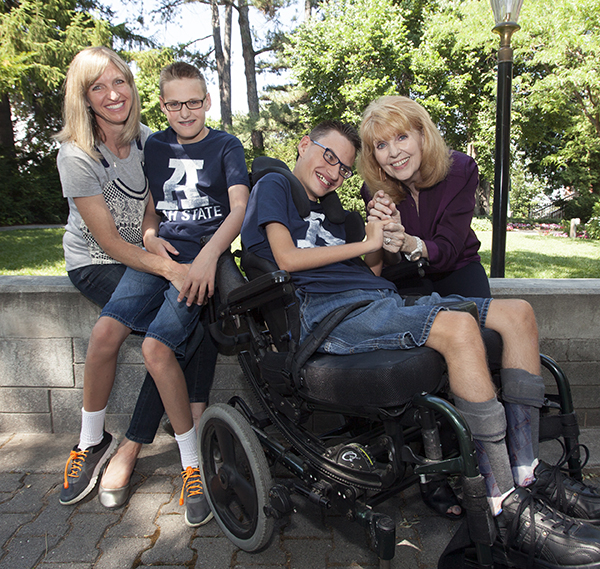Guest Post: Inclusion and Disability Advocacy

For the last twelve years, my local church congregation has put on an annual Festival of Nativities, with hundreds of nativities on display. For eight years, I have been the co-chair of registration, responsible for record-keeping and paperwork. Then, because of the pandemic, no registration took place and no reports were generated. Thus, I had to come up with other ways I could contribute. After a lot of brainstorming, alternatives were found, and I felt more a part of the event than ever before.
Including people with disabilities in all aspects of society presents challenges, but I think the rewards are worth the effort. Each person with a disability brings a set of talents and life experiences to the table. One area where it is particularly vital to listen to disability voices is in public policy. This can seem like a lofty goal, but it starts closer to home than you might think.
There is an old adage to walk the walk, and not just talk the talk. To have the inclusion of people with disabilities be truly meaningful, it should spring out of genuine respect and caring. This starts with realizing that all people with disabilities have thoughts and feelings, even if they can’t express them in a typical way. For example, a person using a communication device may sound a bit robotic, but the things they say are full of meaning, and it is a human being talking to you, not a robot. When you recognize someone with a disability as a fellow human being, you can develop a friendship with them. We want to be included because our opinions matter and not because we fit a statistic.
The first step of inclusion is to feel valued. Then, it is helpful for a person with a disability to practice advocating for themselves. As they encounter situations at school or elsewhere in their local community, they can practice speaking up appropriately. It is also important to let people with disabilities speak for themselves rather than assuming you can read their minds. Sometimes when I am out somewhere with my parents, a stranger will ask them what I think, and my parents kindly invite the person to ask me, instead of answering for me.
I first started learning about advocacy when my parents spoke up about accessibility issues in my elementary school. My dad even went the extra mile and installed grab bars in the school bathroom himself, with approval from the school principal because the work order was so far down on the county’s list. Asking for changes in places you commonly go, and where it’s more likely people will recognize you, is a logical first step to widespread advocacy.
Getting involved with local organizations is useful. Young people could get involved in student government and other extracurricular activities at school. There are also local community organizations that address disability issues. For several years, I was on the Youth Advisory Council for the Office for Children with Special Health Care Needs. The OCSHCN provides comprehensive care to children and youth with special health care needs in Kentucky from birth to age 21. The role of the YAC is to provide input on how to improve services at the OCSHCN and in the state generally. Plus, it gives its youth members a chance to interact with other youth with disabilities. Joining local organizations will help you know whether you enjoy advocacy work, and you’ll get practice talking with people, which is useful no matter what field you end up working in.
Inclusion of people with disabilities is important, but make sure they don’t feel forced to participate. Their participation will be more fruitful if they want to be involved. If you don’t have a disability, don’t be afraid to invite people with disabilities to join your circle. If you do have a disability, you can become a valuable part of finding solutions to disability issues Working together, we can create an inclusive society for everyone.

